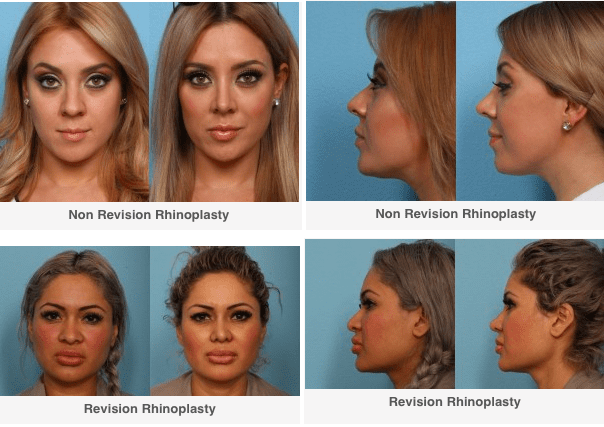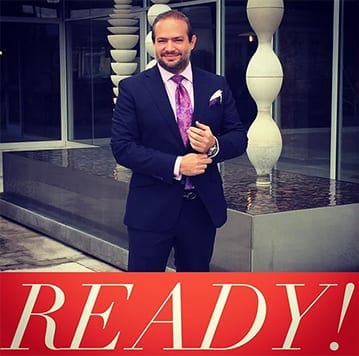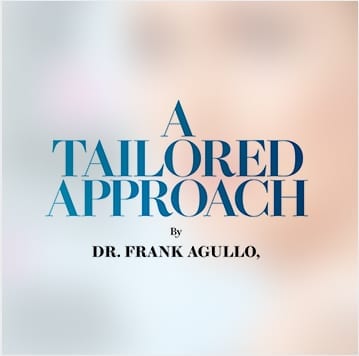February 09, 2016 | Nose Surgery, Revision Rhinoplasty, Rhinoplasty
Every man and woman envisions amazing, flawless results when starting their plastic surgery journey. However, many factors can affect the quality of the results. Big players in creating your newly sculpted face or body include surgeon skill and your body’s healing process. When your results don’t turn out how you envisioned them, you may turn to revision plastic surgery. Many procedures, however, become increasingly more difficult during the revision process — none more so than rhinoplasty. Dr. Agullo is an expert revision rhinoplasty surgeon who can skillfully correct mistakes or unsatisfactory nose surgery results.
Why Do People Choose Rhinoplasty?
Rhinoplasty is primarily performed to correct aesthetic deformities of the nose. Such abnormalities often include wide nasal bridges, pronounced nasal humps, elongated noses, or drooping nasal tips. For many men and women, an abnormally proportioned nose can impact the balance of their facial features. In other cases, a rhinoplasty is performed in conjunction with a septoplasty, which improves the breathing function of the nose.
Performing Rhinoplasty
One of two techniques may be used to perform rhinoplasty. An open technique uses an incision on the outer portion of the nose, while a closed technique involves incisions inside the nasal cavity. Once access is gained to the structures of the nose, cartilage can be removed or repositioned to craft a new nasal appearance. However, the cartilage structures are fine and delicate. Cartilage that is removed from the nose is permanent, often leaving a slightly weaker structure behind.
Reasons for Revision Rhinoplasty
People may become dissatisfied with their rhinoplasty results for a number of reasons. They may not have achieved the full extent of correction they desired. Too often, a poorly skilled surgeon can leave the nose looking crooked, bumpy, or disproportionate to the rest of your facial features. You shouldn’t commit to undergoing a revision rhinoplasty until all residual swelling has subsided. Minor swelling can last between six months and a year following your surgery. It is important that you have fully healed before undergoing a revision surgery to ensure a strong nasal structure and that residual swelling isn’t affecting the appearance of your nose.
Why Is Revision Rhinoplasty More Difficult?
Revision rhinoplasty is a more complicated procedure than the already delicate rhinoplasty procedure. For one, the buildup of scar tissue can make it increasingly more difficult to gain access to the nasal structures. Second, there may not be enough cartilage left to properly resculpt the nose. In some cases, cartilage from the rib may be used to gain the desired nasal shape. In these instances, you may have a more extensive recovery period.
Choosing a Revision Surgeon
It is important that you choose a skilled plastic surgeon to performed your revision surgery. Some key characteristics to look for in a surgeon include:
- They are board certified in plastic surgery
- They are an expert nasal plastic surgeon
- They have performed numerous revision surgeries
- You feel comfortable and confident in their abilities
- You like their previously achieved results, which can be seen by viewing their before and after photo gallery
If you are seeking a surgeon to perform your revision rhinoplasty, schedule a consultation with Dr. Agullo today. Contact our office at (915) 590-7900 or fill out our online contact form here for additional information.




